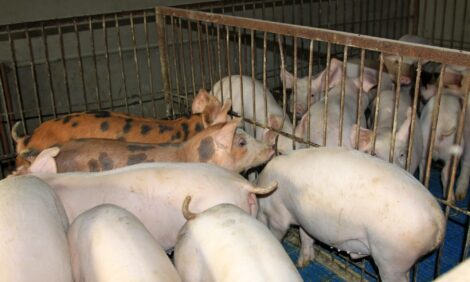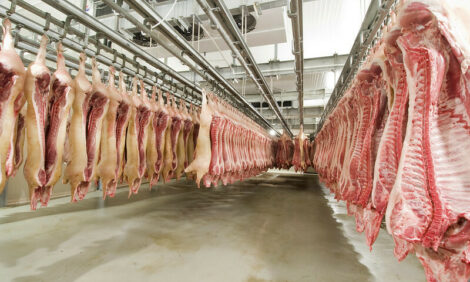



Jim Long Pork Commentary: US trade deals effect on pork
Last week was Trade Deal week in the US with both USMEF - the new revised NAFTA between US, Mexico and Canada - and China Phase 1 signed.For US-Canada pork producers it means the trade between the two countries will continue relatively easy and tariff-free.
For the Mexican industry, it means lots of US-Canadian pork will continue to be imported there. January-November 2019 exports to Mexico from USA were 522,563 metric tonnes. Mexico is the largest volume importer of US pork.
US-China Phase 1 trade agreement appears to initiate a $40 billion annual increase by China in US ag products. Certainly, China can use some pork to fill the black hole created by a 40 percent drop in their swine inventory. An estimated 15,000-tonne decrease in China's production.
From January to November 2019 China purchased 311,043 metric tonnes of pork from the USA, at a value of $691 million dollars. You would like to think that within a $40 billion commitment it is logical that US pork imports will ramp up further. The last few weeks have been at record levels and as more US slaughter plants become Ractopamine-free we expect even more pork exported to China. Between USA and Canada, we would not be surprised to see well over 120 million tonnes a month exported to China in 2020.
Pork that goes to the black hole in China created by African swine fever (ASF) will be hugely supportive to domestic hog prices in both countries.
Other news
To get a boost in US prices we need slaughter numbers to decrease. An early indicator of hog market readiness is the daily carcass weights the USDA publishes.
- Last week the first four days was 212.5 lbs. The week before the average was 215.26. Well over a 2 lb carcass drop. As large a decrease week over week you will ever see. Let’s believe it’s an early indicator of fewer hogs coming to market.
- Last year same time 53-54 percent lean hogs were 57.49₵ lb. This year 60.27₵ lb.
- DTN Gross Packer Margin calculation shows last week at $40 per head. Interestingly the same as last year and the three year average at the same time. Over the last three years, Gross Packer Margins didn’t reach the $40 threshold again until September.
- US hog slaughter last week was 2,574,000 down from the week before 120,000. Probably shortened by bad weather in the Western mid-west Friday to Saturday.
- USDA pork cut-outs closed Friday at $75.47. They are slowly increasing which is a good sign of demand.
- Total US pork exports were 41,500 metric tonnes the first full week of January, up from 21,920 the same week a year ago. China imported 16,512 tonnes the first week of January from the US. Last year same week 3,046 tonnes. Up 442 percent.
China imported in 2019 2.1 million tonnes of pork, up 75 percent from 2018. In December China imported 375,000 tonnes, the most on record. If that pace was to continue for 2020 that would be over 4 million tonnes. That would be a price game changer.
China reported last week that its pork production was 21 percent lower in 2019 than it was in 2018. Pork production at 21 percent lower with a reported 40 percent lower swine inventory is a result of herd liquidation putting more pork into the market as the liquidation happened.
Last week the average hog price in China was 36.02 rmb/kg. which is $2.38 US live weight a lb. A 260 lb hog (120 kg.) would be selling for $620. Reminds us when we were in China last May, not one producer we talked to thought the price would go over 25 rmb/kg which is almost $200 less a hog then-current prices. Go figure, it would be nice to get that sort of jump here.
Iowa Pork Congress
This week we will be at the Iowa Pork Congress. It’s the premier Winter Swine event in the USA. We will be at the Genesus Exhibit (booth 1244) and on Wednesday night Genesus is hosting a reception at Hy Vee Hall and we invite you to come join us.
Wednesday, January 22
16:30 to 22:00
Hy Vee Hall - Room 304-305
We look forward to seeing you.








